Deadly Snake Venom Being Used To Make Insanely Strong Non-Narcotic Painkiller
The long-glanded blue coral snake secretes a strange and exceptional venom. The toxin is powerful — it has claimed at least one human life — but what makes the chemical special is the way it paralyzes with blistering speed. Thanks to this venom, the fire-headed animal is able to prey upon young king cobras, kraits and other agile, dangerous snakes without killing itself on the hunt.

To Bryan G. Fry, a venom expert and professor at the University of Queensland in Australia, such a diet earns the species a title fit for George R.R. Martin: The snake is a “killer of killers.”
Cobras are quick to strike and deadly, too, so blue coral snakes must be quicker. The snakes have two immense toxin glands — like fuel tanks for their speedy hunts — traveling along either side of their throats to their ribs for a full quarter-length of their six-foot bodies. Coursing within these twin glands, the largest in any animal, is a venom unlike any chemical previously discovered in snakes, as Fry and his colleagues recently reported in the journal Toxins. And strange though it may sound, this deadly chemical could, down the line, lead to better painkillers for humans.
Specifically, the blue coral snake venom targets sodium channels, proteins that pass electrochemical signals from nerve cell to nerve cell or muscle cell to muscle cell. These channels act like a switch on a flashlight, turning a signal on or off.
“This is the first time that a snake venom has been reported to act on sodium channels, which is really quite surprising,” said Jennifer Deuis, a coauthor of the study and a researcher at the University of Queensland’s Institute for Molecular Bioscience, in an email to The Washington Post.
The scientists named the unusual venom calliotoxin. As the scientists described it in their paper, the compound is the product of a chemical arms race between the blue coral snake and its venomous food. Snakes that eat snakes strike their victims, release the poisoned animals and wait for paralysis to set in.

If your prey is a cobra, you do not want to wait long. “The snakes are at extreme risk from their very dangerous prey,” Fry told The Washington Post via email, “so they need to immobilize them before they get killed in retaliation.”
Where the venom of mambas and cobras relax their prey into paralysis, the fast-acting calliotoxin jams open sodium channels, causing muscles to hyper-contract into what scientists call “spastic” paralysis. As Fry described it, the difference in venoms — an inhibitory effect versus an excitatory one — is akin to that between morphine and methamphetamine.
But the long-glanded blue coral snake is more than a speed freak with a head like a jewel.
Sodium channels regulate signals in neurons as well as muscles, so the proteins are a crucial component of the impulses we feel as pain. And a chemical that shuts down certain sodium channels would provide pain relief. Or, as Deuis put it, “blocking certain sodium channels in nerves is a promising therapeutic approach to treat pain.” The venom held within the snake’s glands, the scientists argued, could inspire the development of a strong, non-narcotic painkiller. (Narcotics like Vicodin and other opioids, though they are effective treatments for pain, do not involve the channels. But because of the widespread abuse of these drugs, researchers are increasingly exploring other avenues for painkillers.)

Blue coral snakes are not the first venomous serpents to hold such promise. In 2012, French scientists discovered the noxious cocktail that spurts from a black mamba’s fangs was as effective as morphine for blocking pain in mice. Yet sodium channels, which the mamba toxin did not affect, remained an important area of investigation for pain relief.
Chemicals that target such cellular channels are not as unusual in the invertebrate world of scorpions and toxic sea anemones. Even a few snail species produce venom similar to the blue coral snake’s toxin. Although there is not yet clinical evidence that the coral snake holds the secret to new types of toxin-based pain relief within its glands, researchers have successfully turned snail toxins into painkillers.
In 2004, the Food and Drug Administration approved a drug derived from a chemical injected by the fish-eating Pacific cone snail, called Prialt. Like calliotoxin, Prialt alters the ion channels in cell membranes. But the drug cannot pass a biological shealth called the blood-brain barrier, which means Prialt must be directly injected into the spinal cord. The spine-based delivery, riskier than a typical injection into veins, relegated the drug only to extreme cases of chronic pain, like patients seeking relief after failed back surgeries or cancer.
Because the blue coral snake is a vertebrate, the authors of the new paper contend calliotoxin is worthy of investigation. “The fact that it is from a vertebrate is significant,” Fry said, “since snakes are evolutionarily much closer to us than invertebrates. So this physiological closeness means it is more likely to work better.”
Lest you imagine drug makers raising herds of deadly snakes to milk their fangs, “the toxin itself is not a viable candidate for pain relief,” Deuis pointed out. Instead, a synthetic derivative would have to be developed and tested.
For Fry, the discovery stems from his “simple childlike curiosity” into an animal he has long regarded a favorite. “It is impossible to predict where the next wonderdrug will come from,” he said. “If we destroy this biobank, there is nothing to withdraw for economic gain.”
 NEW ARRIVALS
NEW ARRIVALS
 BEST SELLERS
BEST SELLERS
 SUPERSKIN™
SUPERSKIN™
 COURSES
COURSES
 GIFT CARDS
GIFT CARDS
 The MyFAK Collection
The MyFAK Collection
 Specialty
Specialty
 The Ready Collection
The Ready Collection

 BLEED
BLEED
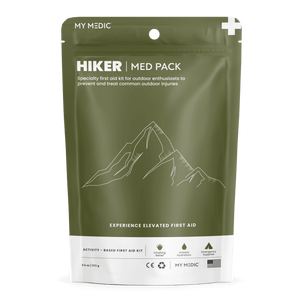 OUTDOOR
OUTDOOR
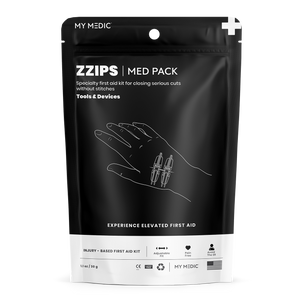 TOOLS & DEVICES
TOOLS & DEVICES
 AIRWAY
AIRWAY
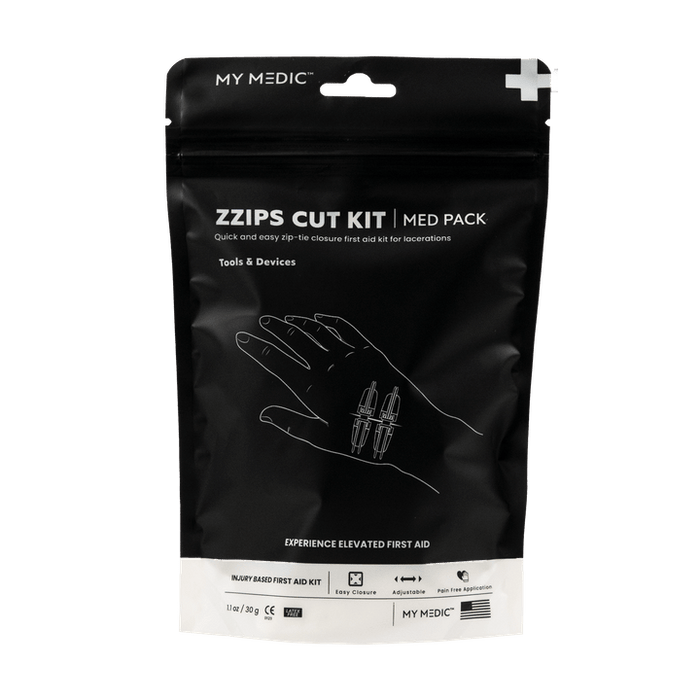
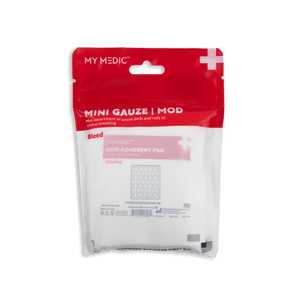 BLEED
BLEED
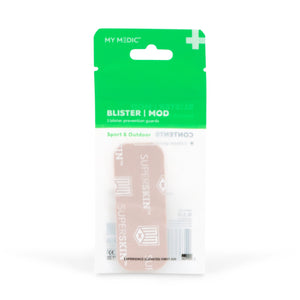 OUTDOOR
OUTDOOR
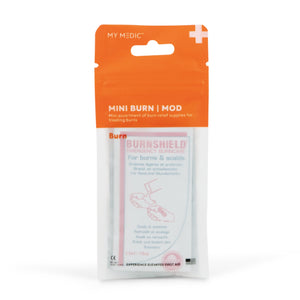 BURN
BURN
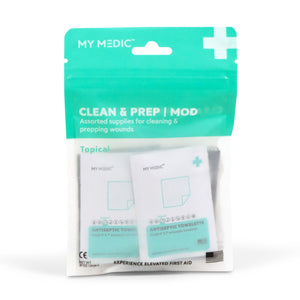 TOPICAL
TOPICAL
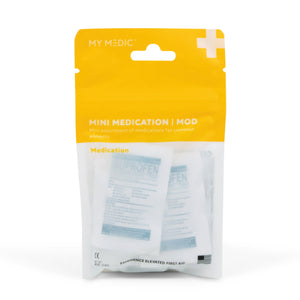 MEDICATION
MEDICATION
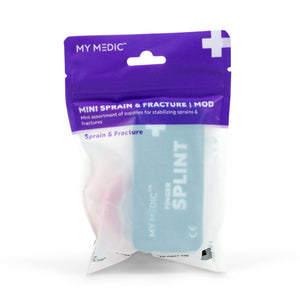 SPRAIN & FRACTURE
SPRAIN & FRACTURE
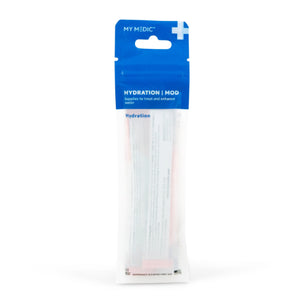 HYDRATION
HYDRATION
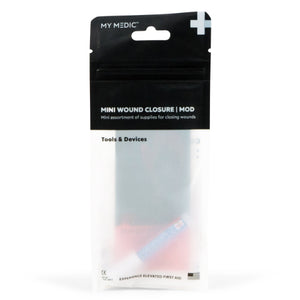 TOOLS & DEVICES
TOOLS & DEVICES
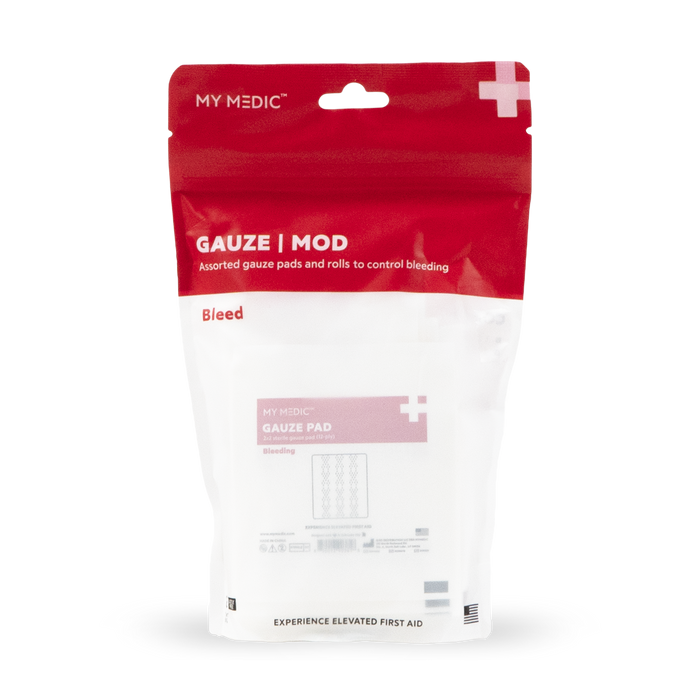
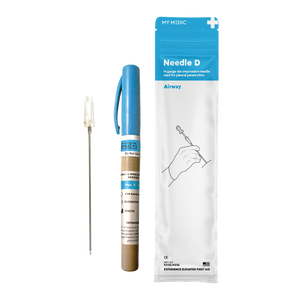 Supply Categories
Supply Categories
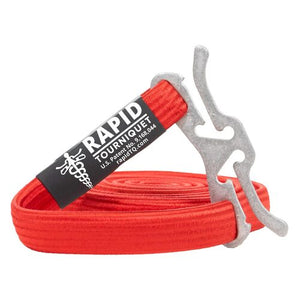 Top Sellers
Top Sellers
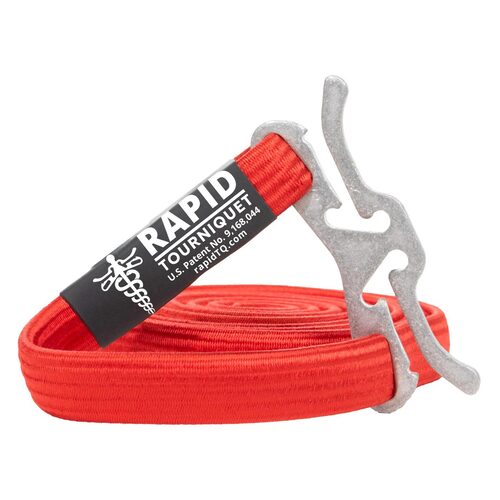





Leave a comment